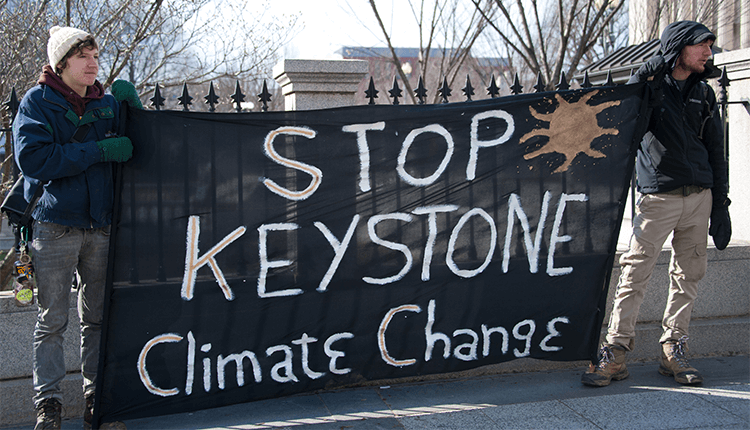
Keystone Pipeline in Canada in Limelight after Spills
The Keystone Pipeline in Canada has been transporting oil to the United States at a higher-than-standard level of pressure since it started. The U.S. regulators granted the Keystone’s permit on the condition that operator TC Energy Corp would monitor the line carefully.
However, after four significant leaks, users of the line are worried about the risk. This includes one of the largest in North Dakota. This exemption is in the limelight.
The desired permit granted in 2007 allowed TC Energy to use a higher-than-standard rate of pressure for Keystone in rural areas. This means more oil could flow through the pipeline than similar-sized U.S. lines, according to U.S. regulatory documents.
Keystone is a critical artery for crude oil flowing from Canada with a size of roughly 590,000 bpd. Also, the flow is going to Midwest refiners and bridging to storage terminals and exporters in the U.S. Gulf Coast.
Keystone had to satisfy more than 50 safety conditions to gain the exemption. Besides, it was only given out twice by the U.S. Pipeline and Hazardous Materials Safety Administration.
The permit was eventually granted. Risk evaluations the firm provided to regulators indicated the chance of a leak of more than 50 barrels.
Instead, Keystone had two leaks of 400 barrels and two leaks of several thousand. This includes the previous week’s spill of more than 9,000 barrels, according to PHMSA data.
TC Energy assessed the pipeline could partially restart between Sunday and Tuesday, with pending regulatory approval.
TC Energy spokesman refused to comment on the timing. He said the firm operated under high maintenance and safety standards.
Cunha said they are carefully planning the design and construction for the safe operation of the infrastructure.
Keystone Pipeline’s Crucial Artery
The special authorization is to stay in effect for the line of the pipeline. The permit is ineffective if suspended, terminated, or modified by the agency.
Some shippers believe regulators may cancel the permit. This allows TC Energy to manage the pipeline at an operating stress level of 80% of the steel pipe’s SMYS in rural areas. Also, the standard operating pressure for dangerous liquid pipelines is about 72%, according to PHMSA.
A Keystone shipper said they are concern that they may get their special authorization to flow at 80% of maximum instead of 72%.
The North Dakota spill added to the concerns of landowners and environmental groups. The concerns are with TC Energy’s plan for Keystone XL, another significant pipeline from Cana to the U.S.
The project faced a lengthy regulatory struggle in the U.S. revived by President Trump after he took office. Contrarily, it continues to face opposition from landowners worried about pipeline safety.
TC Energy executives’ construction standards would surpass other pipes.
An attorney for landowners said the government should not allow the permits, but certainly without frequent safety failures and repeated spills.
Additionally, granting of the permits should correspond with more powerful and more frequent inspections by the applicant. Contrarily, it is more on self-policing, which usually drops below the intent of the special permit.




